City Planning
City design, structure, large-scale projects, and strategic initiatives.
NoVa’s next step: Slowing traffic
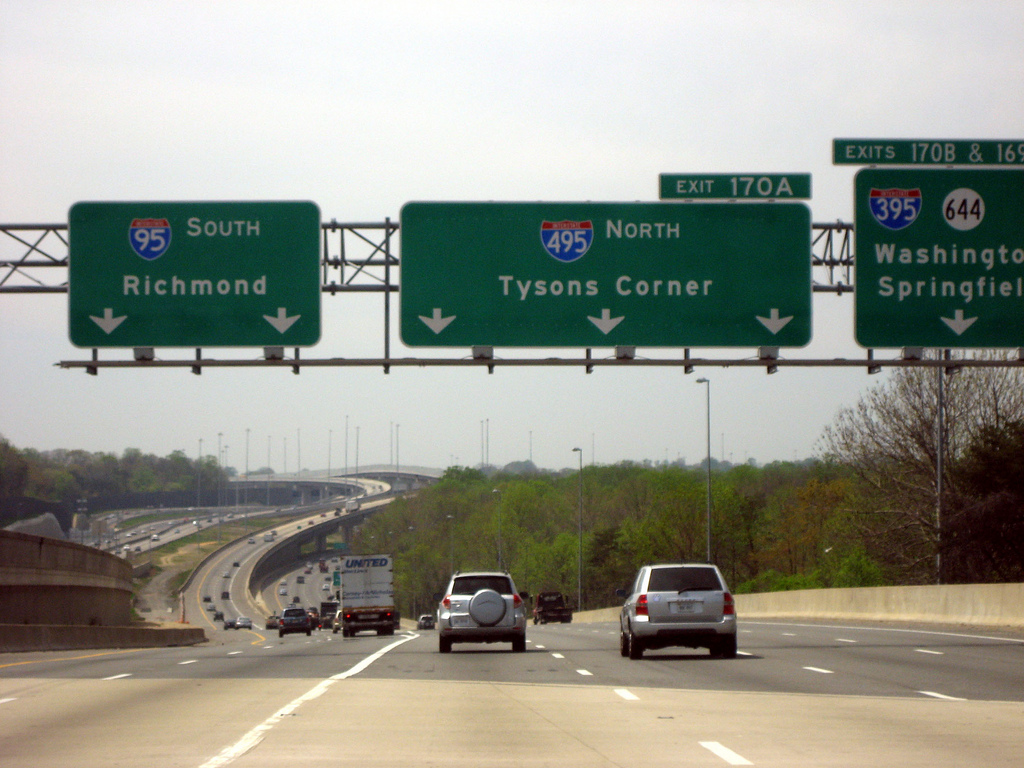
It’s a great time to be a greater Washingtonian: Unlike many regions, local officials are taking smart growth seriously. The Silver Line is better connecting DC to its far-flung suburbs, and transit options are becoming more diverse. In much of the region, development is focusing on dense housing and mixed-use commercial space. Fairfax County has a … [Read more…]
Unpacking Walkable City, a new gospel of new urbanism
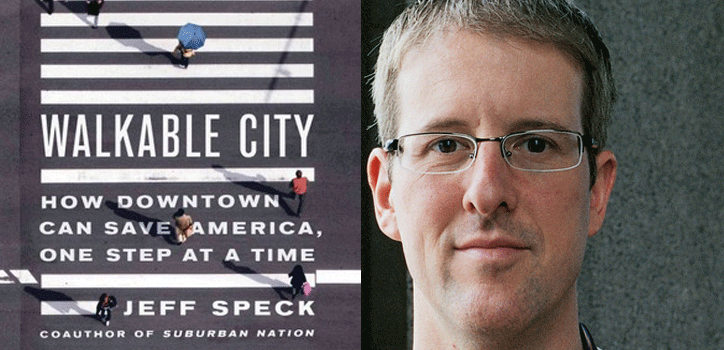
As most of you should know, I only started blogging about city planning recently, and I knew I needed a primer to get me started in the right direction. Last week,* I finished Walkable City, an insightful book detailing the pitfalls associated with America’s urban design. The author, Jeff Speck, owns a city planning practice based … [Read more…]
In what kind of community are you most likely to end up dead in a pool of blood?
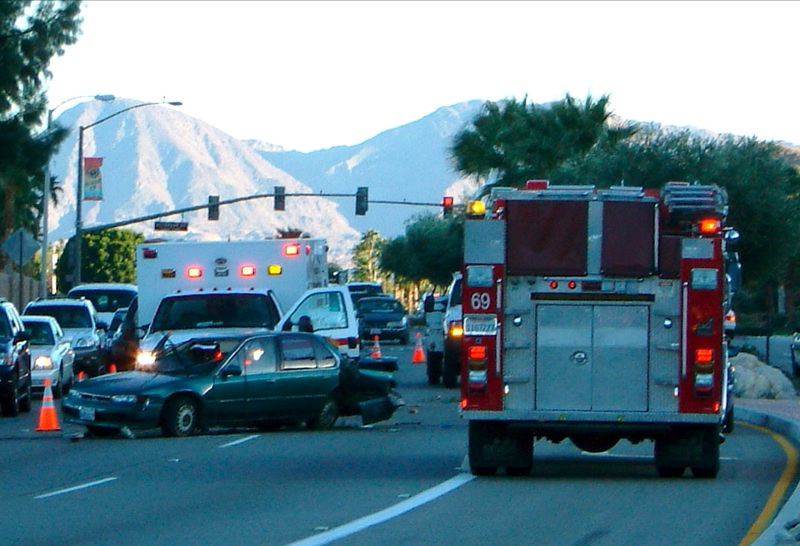
The chief question of urban planning is, “How does our built environment affect our lives?” In some ways, however, the way we choose to structure our communities contributes to untimely death. Environmental Health Researcher Richard Joseph Jackson, MD, MPH famously presents his audiences this provocative question, “In what kind of community are you most likely to end up … [Read more…]
The four biggest myths about induced demand
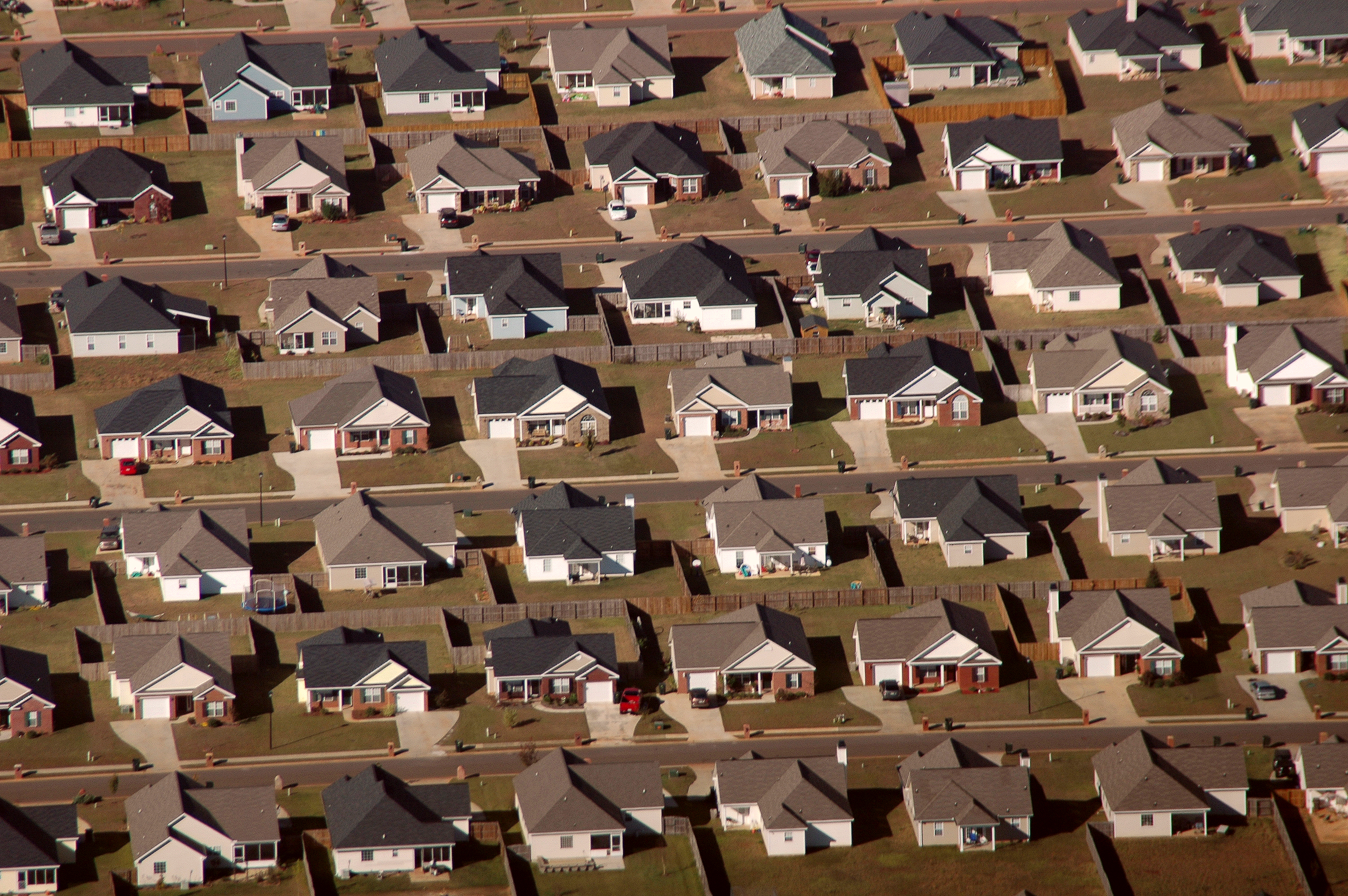
Two weeks ago, I laid out the economic argument for induced demand: the idea that building more roads does not reduce congestion. It is a simple model that uses concepts from Economics 101 to explain the relationship between road construction and driving behavior. Even so, this idea, like many associated with new urbanism, challenges the status quo. … [Read more…]
The street economics of induced demand
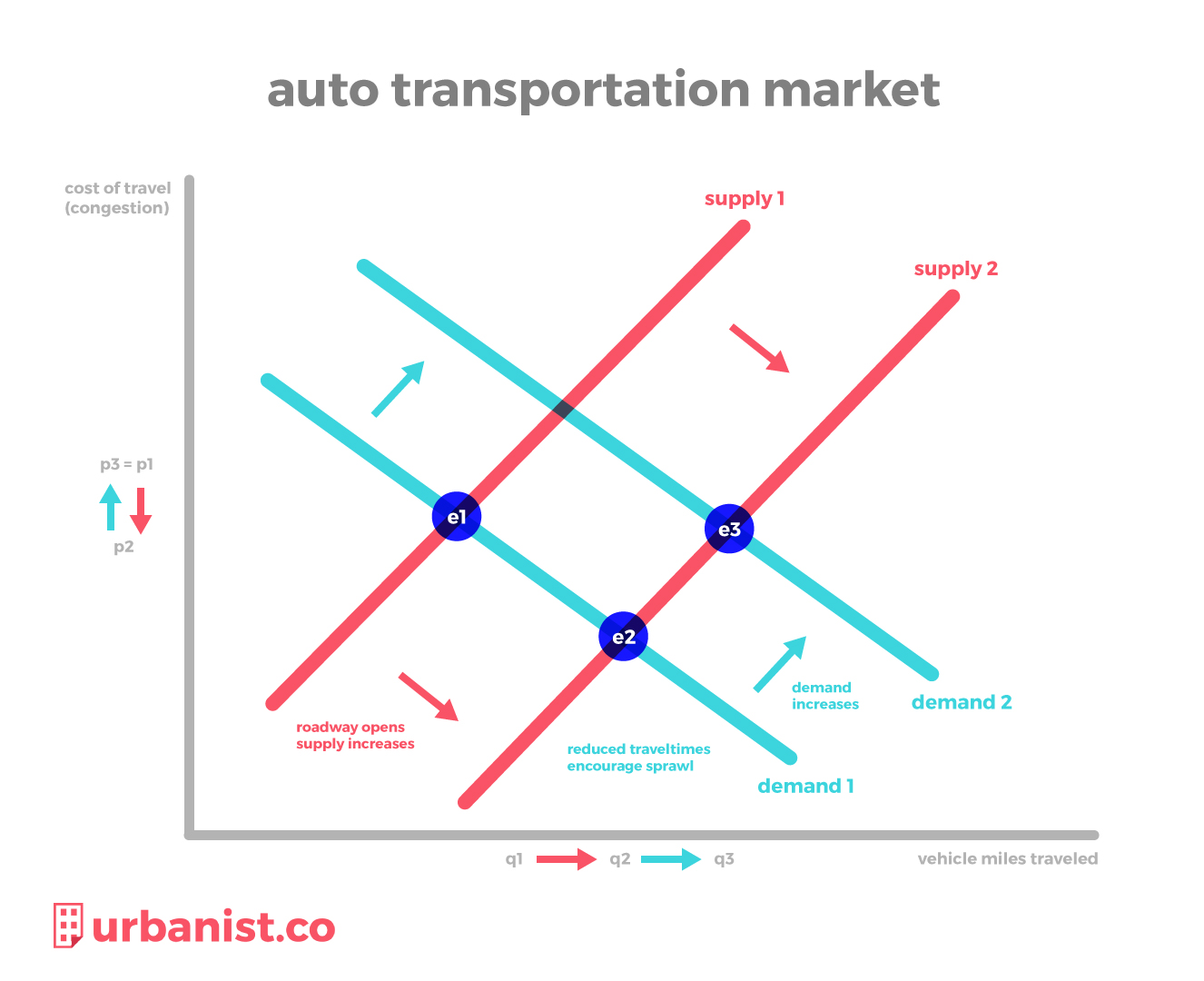
There’s a lot of misinformation out there about induced demand, a widely established city planning model that attempts to explain why cities tend to maintain a steady state of congestion. I’ll go into some more detail on the theory of induced demand later, but I wanted to start with the economic model. Auto transportation market The … [Read more…]
Why do liberals predominate in cities?
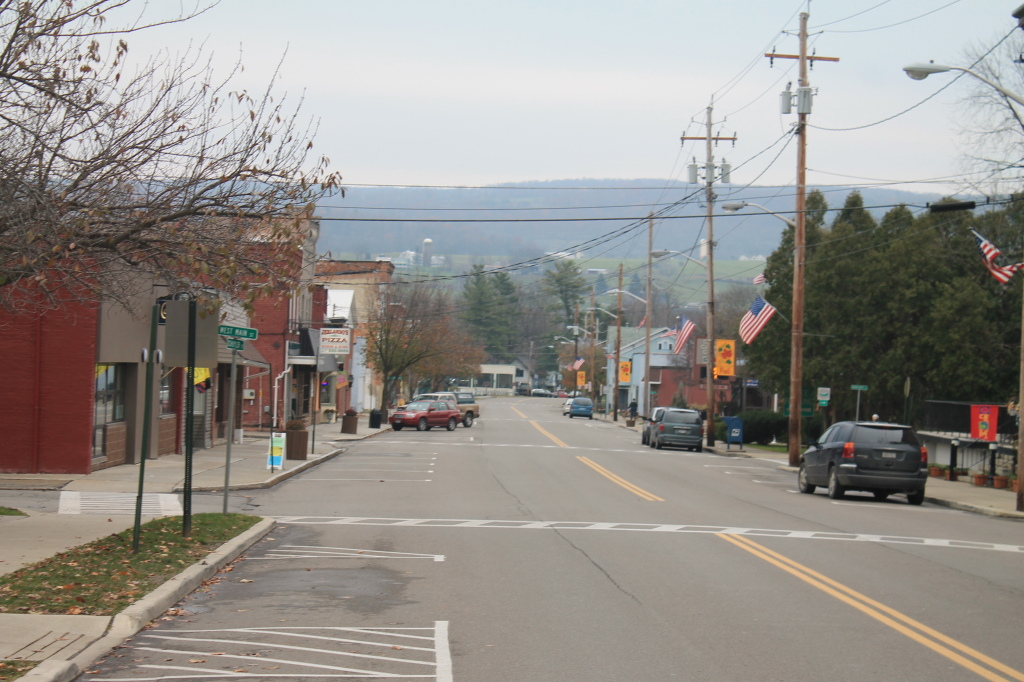
It has long been established that urban areas heavily lean blue and the countryside bends to the right. Explanations for this phenomenon usually rely on demographics: cities tend to house more minorities, educated white-collar workers, and young people—all demographics that tend to be more liberal. Yet data from the Pew Research Center released last week showed a stark … [Read more…]
Want to reduce reliance on foreign oil? Start with walkability
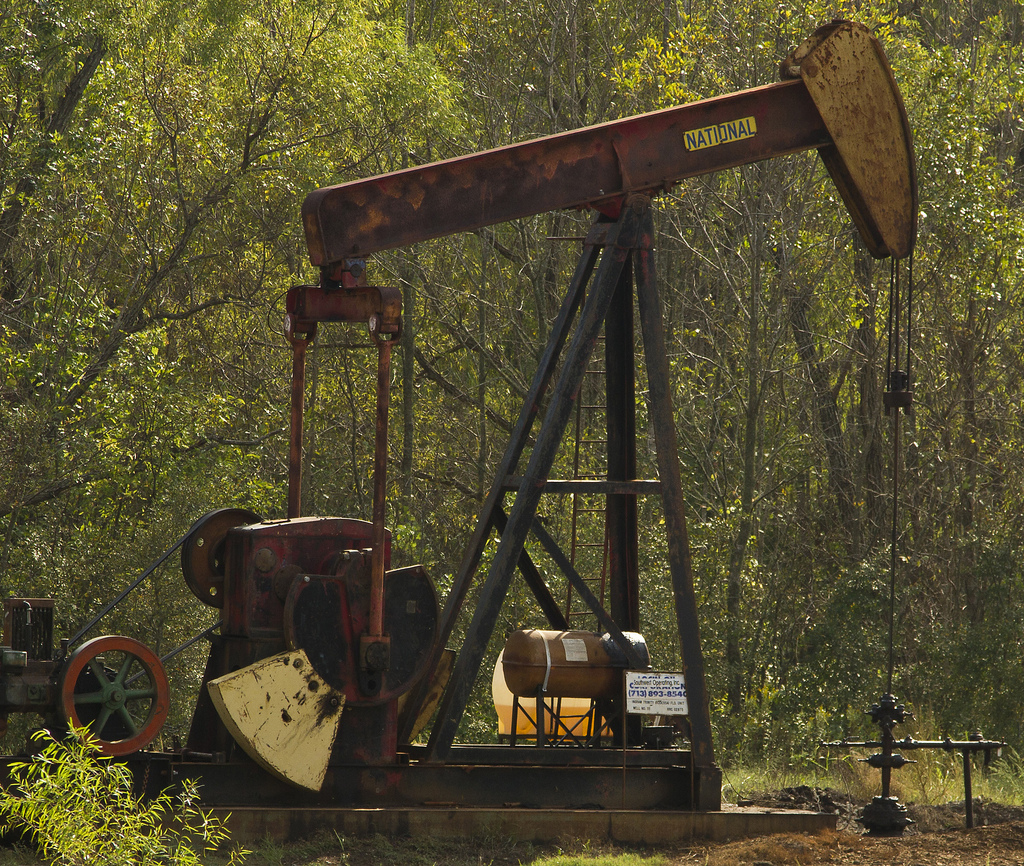
I started reading Jeff Speck’s new book Walkable City this week. I’m only a few dozen pages in, but one stat jumped out at me early on. Portland is, in many ways, the paragon of urban planning success. While other cities were focused on easing traffic by widening highways, Portland implemented a strict urban growth boundary, inside … [Read more…]


